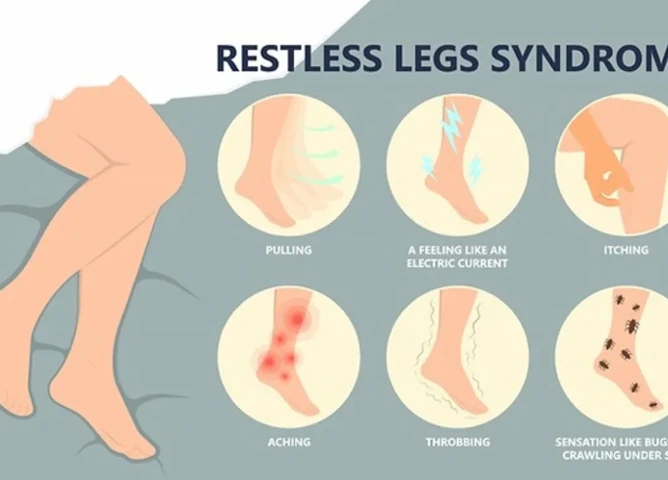Imagine lying in bed, exhausted and ready for sleep, only to be plagued by an uncontrollable urge to constantly move your legs. This is the reality for millions of people who suffer from Restless Leg Syndrome (RLS). This enigmatic condition not only disrupts sleep but also takes a toll on overall quality of life. Understanding the symptoms, causes, and treatment options for RLS is crucial in order to find relief from this relentless condition. In this article, we delve into the intricate world of Restless Leg Syndrome and explore its impact on the elusive realm of sleep. Through a comprehensive exploration of remedies, lifestyle changes, and medical interventions, we aim to provide valuable insights for those struggling with RLS and seeking a good night’s sleep.
What is Restless Leg Syndrome?
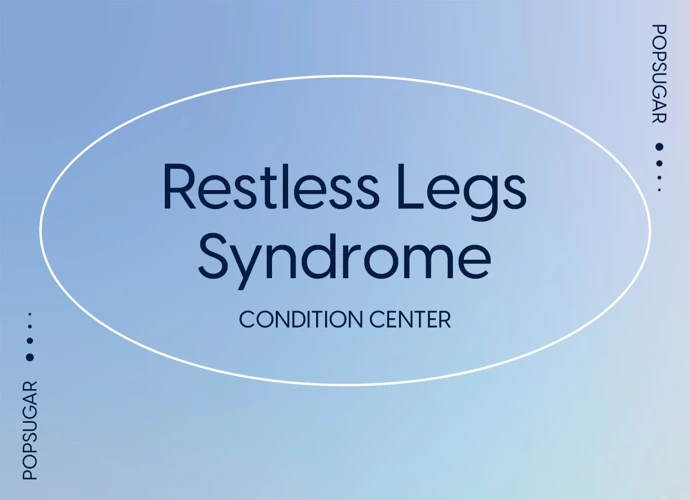
Restless Leg Syndrome, commonly abbreviated as RLS, is a neurological disorder characterized by the irresistible urge to move the legs. It is often accompanied by uncomfortable sensations in the legs, such as tingling, itching, or a crawling sensation. These sensations worsen during periods of rest and are temporarily relieved by movement. Although RLS primarily affects the legs, it can also occur in the arms or other parts of the body. The exact cause of RLS is still unknown, but it is believed to involve a combination of genetic and environmental factors. Recent research suggests a possible link between RLS and conditions such as iron deficiency, kidney disease, and peripheral neuropathy. RLS can occur at any age, although it is more commonly experienced by middle-aged and older adults. It can range from mildly annoying to severely disruptive, making it difficult for individuals to fall asleep and stay asleep throughout the night. For a more in-depth understanding of the correlation between RLS and quality of sleep, continue reading our exploration on ‘The Impact on Quality of Sleep’.
Symptoms of Restless Leg Syndrome

The symptoms of Restless Leg Syndrome (RLS) can vary in intensity and frequency from person to person. Individuals with RLS typically experience an irresistible urge to move their legs, often accompanied by uncomfortable sensations. The sensations are often described as crawling, tingling, itching, or aching. These sensations tend to worsen during periods of rest or inactivity, such as when lying down or sitting for long periods. The severity of symptoms can also fluctuate throughout the day, with many people reporting more intense sensations at night. Consequently, RLS can severely disrupt sleep, leading to daytime fatigue and decreased quality of life. It’s important for those with RLS to understand and recognize their symptoms in order to seek appropriate treatment and management options. For practical tips on managing RLS symptoms at night, visit our article on ‘/tips-managing-restless-leg-syndrome-night/’. For alternative approaches, you can also explore natural remedies for RLS at ‘/natural-remedies-restless-leg-syndrome/’. Additionally, if you’re interested in the relationship between RLS and anxiety, our comprehensive exploration on ‘/exploration-rls-anxiety/’ provides valuable insights.
The Impact on Quality of Sleep
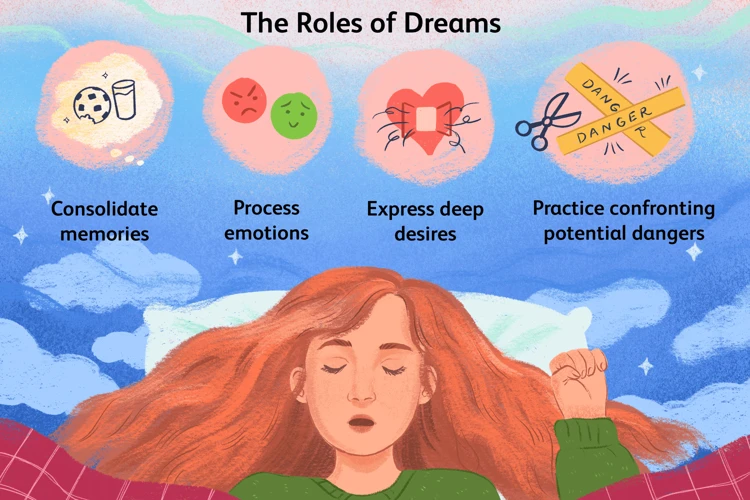
The impact of Restless Leg Syndrome (RLS) on the quality of sleep can be profound. The constant urge to move the legs and the discomfort associated with RLS can make it difficult for individuals to fall asleep. As a result, they may experience frequent awakenings throughout the night, leading to fragmented and disrupted sleep. This can lead to daytime sleepiness, fatigue, and difficulty concentrating. People with RLS may also experience insomnia, as the symptoms tend to worsen in the evening and at night. The lack of restful sleep can have a negative impact on overall well-being, mood, and cognitive function. In severe cases, RLS can even contribute to the development of sleep disorders such as sleep apnea. It is important for individuals with RLS to seek appropriate treatment to alleviate symptoms and improve sleep quality. Lifestyle changes, remedies, and relaxation techniques can play a significant role in managing RLS and promoting better sleep. For detailed information on these treatment options, refer to the sections on ‘Lifestyle Changes and Remedies’ and ‘Relaxation Techniques and Sleep Hygiene’.
Causes and Risk Factors
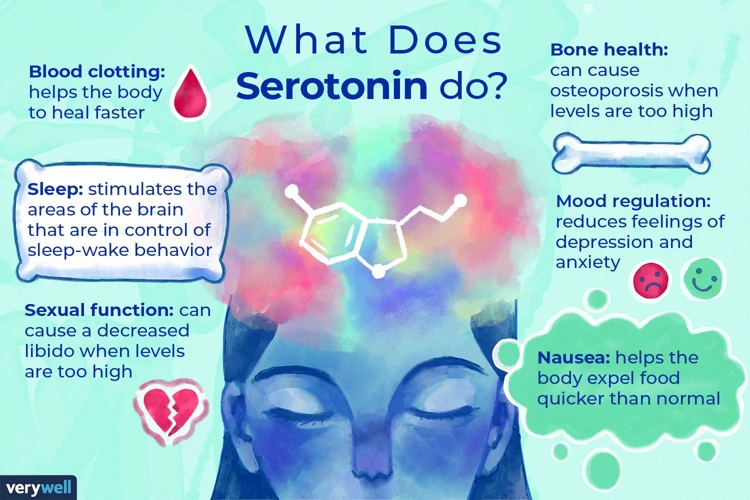
The exact causes of Restless Leg Syndrome (RLS) are not fully understood, but there are several factors that are believed to contribute to its development. One potential cause is a dysfunction in the dopamine signaling system in the brain. Dopamine is a neurotransmitter that helps regulate movement, and disruptions in its levels or activity can result in the symptoms associated with RLS. Additionally, genetics play a role in the development of RLS, as it tends to run in families. Studies have identified specific gene variants that are associated with an increased risk of RLS. Other factors that may contribute to the development or worsening of RLS symptoms include certain medical conditions like iron deficiency, kidney failure, and peripheral neuropathy. Pregnancy is also a risk factor for RLS, with symptoms occurring or worsening during pregnancy in many women. Lastly, the use of certain medications such as antipsychotics, antidepressants, and antihistamines may trigger or exacerbate RLS symptoms. By understanding the potential causes and risk factors associated with RLS, individuals and healthcare providers can work together to identify and manage the condition effectively. To explore this further, read our dedicated section on ‘Diagnosis of Restless Leg Syndrome’.
Diagnosis of Restless Leg Syndrome
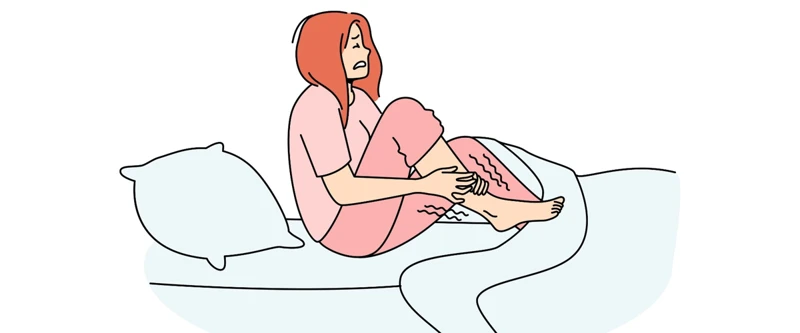
Determining whether someone is experiencing Restless Leg Syndrome (RLS) involves a comprehensive evaluation of their symptoms and medical history. Since there are no specific tests that can conclusively diagnose RLS, medical professionals rely on a combination of clinical judgment and the fulfillment of specific diagnostic criteria. The International Restless Legs Syndrome Study Group has established four essential criteria for the diagnosis of RLS. These criteria include an urge to move the legs, usually accompanied by uncomfortable sensations in the legs; the urge or unpleasant sensations worsening during periods of rest or inactivity; the urge or unpleasant sensations being partially or completely relieved by movement; and the urge or unpleasant sensations occurring mainly or exclusively in the evening or night. Additionally, a healthcare provider may perform blood tests to rule out any underlying conditions that may be contributing to the symptoms. It is important to consult with a healthcare professional to receive an accurate diagnosis and develop an appropriate treatment plan for RLS.
Treatment Options for Restless Leg Syndrome

When it comes to treating Restless Leg Syndrome (RLS), there are several options available to help alleviate symptoms and improve sleep quality. The choice of treatment depends on the severity of the condition and individual preferences. Lifestyle modifications can play a significant role in managing RLS symptoms. Regular exercise, particularly activities that promote leg movement and muscle relaxation, can be beneficial. Avoiding triggers such as caffeine, alcohol, and tobacco may also help reduce symptoms. Relaxation techniques such as massage, hot baths, and stretching exercises before bedtime can provide relief and improve sleep. Establishing a consistent sleep routine and optimizing the sleep environment by keeping it dark, quiet, and comfortable can enhance the quality of sleep for individuals with RLS.
In addition to lifestyle changes, there are medications available that can effectively manage RLS symptoms. Dopamine agonists, such as pramipexole and ropinirole, are commonly prescribed to increase dopamine levels in the brain and alleviate symptoms. However, these medications may have side effects and require careful monitoring. Another class of medications called opioids can be used for severe cases of RLS, but their long-term use is generally avoided due to the risk of dependence.
Alternative therapies, such as acupuncture and transcutaneous electrical nerve stimulation (TENS), have shown promise in reducing the severity of RLS symptoms. These treatments work by stimulating specific points in the body or providing low-level electrical currents to the affected area. However, more research is needed to determine their efficacy in treating RLS.
It is important to consult with a healthcare professional to discuss the available treatment options and develop an individualized plan. The combination of lifestyle modifications, relaxation techniques, and medications can help individuals with RLS find relief and improve their sleep quality. To explore more about managing RLS symptoms at night, you can refer to our article “Tips for Managing Restless Leg Syndrome at Night”.
Lifestyle Changes and Remedies

Making lifestyle changes and incorporating remedies into your daily routine can play a significant role in managing Restless Leg Syndrome (RLS). Here are some strategies that you can consider:
1. Regular Exercise: Engaging in moderate exercise on a regular basis can help reduce symptoms of RLS. Activities such as walking, swimming, or cycling can improve circulation and promote better sleep.
2. Avoid Triggers: Identify and avoid substances that may worsen RLS symptoms. This includes caffeine, nicotine, and alcohol.
3. Maintain a Regular Sleep Schedule: Establish a consistent sleep schedule by going to bed and waking up at the same time every day. A relaxing bedtime routine can also signal your body that it’s time to unwind.
4. Apply Heat or Cold Therapy: Applying a hot or cold compress can provide temporary relief from RLS symptoms. Experiment with both methods to see which works best for you.
5. Massage: Gently massaging your legs before bedtime can help alleviate discomfort and promote relaxation. Consider using a soothing lotion or essential oils for added benefits.
6. Compression Socks: Wearing compression socks or stockings can help improve circulation and reduce leg discomfort associated with RLS.
7. Dietary Adjustments: Some individuals have found relief by adjusting their diet. Increasing iron and magnesium intake through foods like spinach, nuts, and seeds may alleviate symptoms. However, it’s important to consult a healthcare professional before making drastic dietary changes.
8. Stress Reduction Techniques: Practicing stress reduction techniques such as meditation, deep breathing exercises, or yoga may help manage RLS symptoms and improve sleep quality.
Remember, what works for one person may not work for another. It may take some trial and error to find the lifestyle changes and remedies that provide the most relief for you. For additional natural remedies and strategies, continue reading our article on ‘Natural Remedies for Restless Leg Syndrome‘.
Relaxation Techniques and Sleep Hygiene
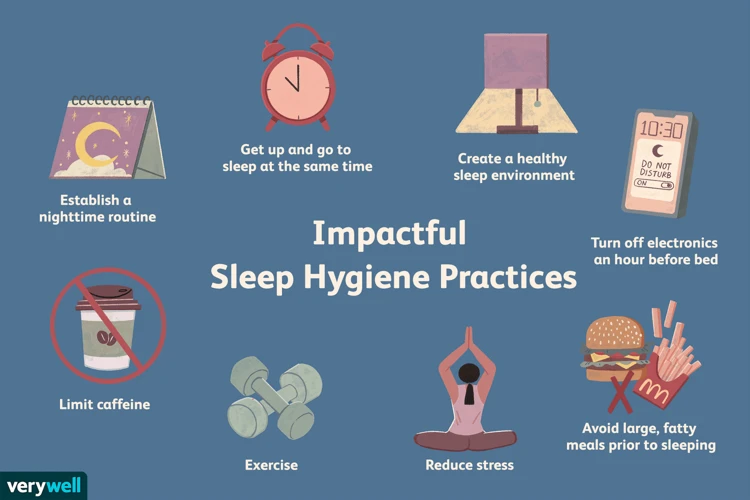
When it comes to managing Restless Leg Syndrome (RLS) and improving sleep quality, incorporating relaxation techniques and adopting good sleep hygiene practices can be beneficial. Here are a few strategies to consider:
1. Progressive Muscle Relaxation: This technique involves tensing and then releasing each muscle group in the body to promote relaxation. Starting from the toes and working your way up to the head, focus on gradually relaxing each muscle group, allowing tension to melt away.
2. Deep Breathing Exercises: Deep breathing exercises help calm the body and mind. Practice inhaling deeply through your nose, holding the breath for a few seconds, and then exhaling slowly through your mouth. This can help reduce stress and induce a state of relaxation before bedtime.
3. Yoga or Stretching: Engaging in gentle yoga or stretching exercises can help relieve muscle tension and promote better sleep. Focus on stretches that target the legs and lower body to help alleviate discomfort associated with RLS.
4. Establish a Sleep Routine: Maintaining a consistent sleep routine can help regulate your body’s internal clock and improve sleep quality. Try to go to bed and wake up at the same time every day, even on weekends.
5. Create a Relaxing Bedroom Environment: Make your bedroom a sanctuary for sleep. Keep the room cool, comfortable, and free from distractions. Use blackout curtains, earplugs, or a white noise machine if necessary.
6. Avoid Stimulants: Limit your intake of caffeine, nicotine, and alcohol, as they can interfere with your sleep patterns. It is especially important to avoid these substances close to bedtime.
7. Unwind Before Bed: Establish a relaxing bedtime routine to help signal to your body that it’s time to sleep. This could include reading a book, taking a warm bath, or practicing relaxation techniques mentioned earlier.
By incorporating these relaxation techniques and sleep hygiene practices into your daily routine, you can create an environment that promotes restful sleep and helps alleviate the symptoms of Restless Leg Syndrome. For more tips on managing RLS at night, refer to our comprehensive guide on ‘Tips for Better Sleep with Restless Leg Syndrome’.
Medications for Restless Leg Syndrome
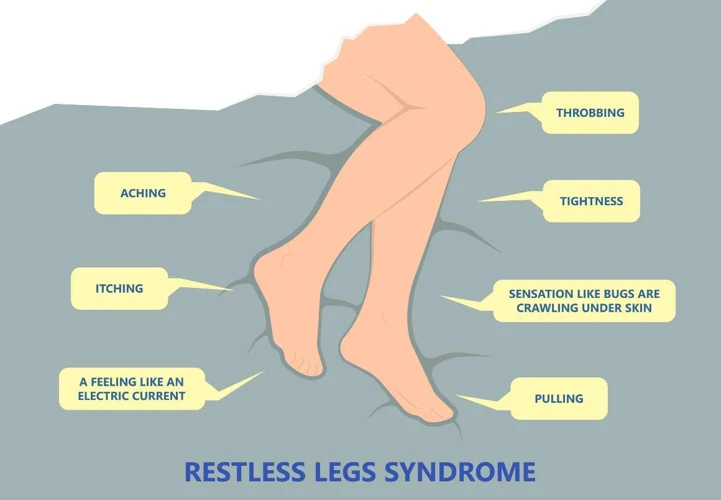
When it comes to managing Restless Leg Syndrome (RLS), medications can play a crucial role in alleviating symptoms and improving sleep quality. There are several medications that are commonly prescribed to individuals with RLS. Dopamine agonists, such as pramipexole and ropinirole, are often the first-line treatment options. These medications work by increasing dopamine levels in the brain, which helps to reduce the urge to move and relieve the uncomfortable sensations in the legs. Other medications that may be prescribed include opioids, benzodiazepines, and anticonvulsants. Opioids, such as codeine or oxycodone, are typically reserved for severe cases or when other treatments have not been effective. Benzodiazepines, such as clonazepam or diazepam, can help relax the muscles and promote sleep. Anticonvulsants, such as gabapentin or pregabalin, can also be effective in reducing RLS symptoms. It’s important to note that these medications may have side effects and should be used under the guidance of a healthcare professional. They can also interact with other medications, so it’s essential to discuss any existing medications and medical conditions with a doctor before starting a new medication regimen. Medications can provide significant relief for individuals with RLS, but they should be used in conjunction with other lifestyle changes and remedies for optimal results. To learn more about managing RLS symptoms at night, you can read our article on ‘Tips for Managing Restless Leg Syndrome Symptoms at Night‘.
Managing Restless Leg Syndrome Symptoms at Night
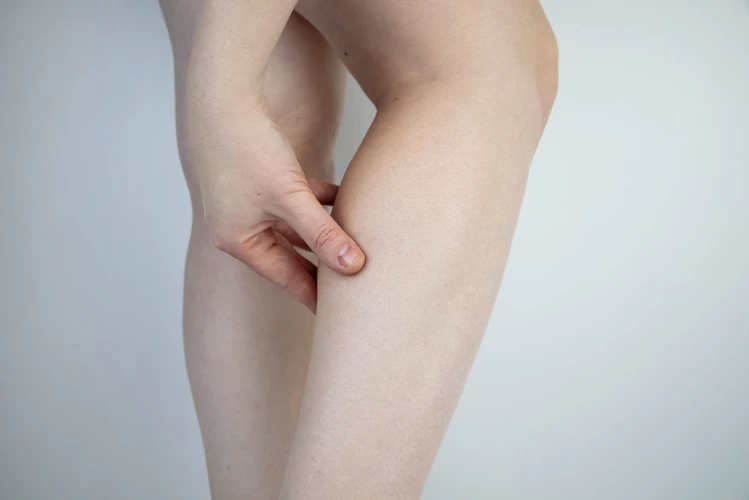
Managing Restless Leg Syndrome symptoms at night can significantly improve sleep quality and overall well-being for individuals with this condition. Here are some strategies and lifestyle changes that can be helpful:
1. Establish a bedtime routine: Stick to a consistent sleep schedule by going to bed and waking up at the same time every day. This can help regulate your body’s internal clock and promote better sleep.
2. Create a sleep-friendly environment: Make your bedroom a calm and comfortable space. Keep the room cool, dark, and quiet. Consider using blackout curtains, earplugs, or a white noise machine to block out any distractions.
3. Engage in relaxation techniques: Before bed, try practicing relaxation techniques such as deep breathing exercises, meditation, or progressive muscle relaxation. These can help calm your mind and relax your body, reducing the severity of RLS symptoms.
4. Regular exercise: Engaging in regular exercise can help alleviate symptoms of RLS. However, it’s important to avoid intense physical activity close to bedtime, as it can stimulate the nervous system and make it harder to fall asleep.
5. Massage and stretching: Gentle massaging and stretching exercises, particularly focusing on the legs, can provide temporary relief from RLS symptoms. Consider using a foam roller or a tennis ball to roll and massage your legs.
6. Heat or cold therapy: Applying heat or cold to your legs can help alleviate RLS symptoms. Experiment with hot or cold packs and see which provides you with more relief. Be cautious not to use extreme temperatures to avoid skin damage.
7. Medications and supplements: In some cases, medications or supplements may be prescribed to manage RLS symptoms. These can include dopamine agonists, anticonvulsants, or iron supplements. It is important to consult with a healthcare professional before starting any medications or supplements.
8. Distraction techniques: Engage in activities that can distract you from the discomfort of RLS symptoms. Reading a book, listening to soothing music, or practicing a hobby can help divert your attention and promote relaxation.
By incorporating these strategies into your nighttime routine, you may be able to minimize the impact of Restless Leg Syndrome on your sleep and improve your overall sleep quality. For additional tips on managing RLS symptoms, check out our article on ‘Tips for Managing Restless Leg Syndrome at Night‘.
Impact on Mental Health and Overall Well-being

Restless Leg Syndrome (RLS) not only affects physical well-being but also has a significant impact on mental health and overall well-being. The constant discomfort and sleep disturbances caused by RLS can lead to chronic sleep deprivation, which can contribute to feelings of irritability, anxiety, and depression. The restless nature of RLS can make it difficult for individuals to relax and unwind, leading to heightened stress levels and a diminished sense of well-being. Additionally, the fatigue and daytime sleepiness resulting from RLS can impair cognitive function and productivity, affecting daily activities and work performance. The relentless nature of RLS symptoms can also cause frustration and a sense of helplessness, further exacerbating the emotional toll on individuals. It is crucial for individuals with RLS to prioritize self-care and seek appropriate treatment options to manage symptoms effectively and improve mental health outcomes. By addressing the impact of RLS on mental health and overall well-being, individuals can take proactive steps towards finding relief and regaining a sense of balance in their lives.
Restless Leg Syndrome in Children
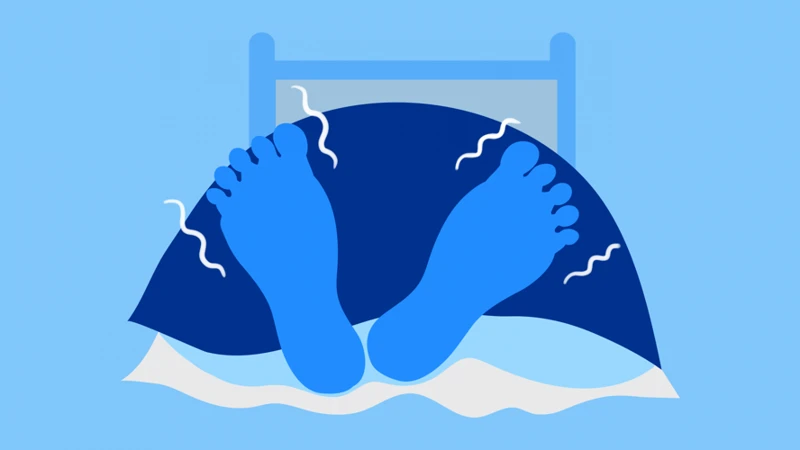
Restless Leg Syndrome (RLS) is not limited to adults and can also affect children. In fact, RLS is estimated to affect up to 2% of children, although the prevalence may be higher due to underdiagnosis. Children with RLS experience similar symptoms as adults, such as an uncontrollable urge to move their legs and uncomfortable sensations. However, they may have difficulty expressing their symptoms, which can make it challenging for parents and healthcare providers to identify and diagnose RLS in children. It is important for parents to be aware of the potential signs, such as complaints of leg discomfort or an inability to sit still for prolonged periods. Sleep disturbances are also common in children with RLS, leading to daytime fatigue and difficulty concentrating at school.
The exact causes of RLS in children are not fully understood. However, there are several factors that may contribute to the development of RLS in this population. These include iron deficiency, family history of RLS, certain medical conditions (such as ADHD or neurodevelopmental disorders), and the use of certain medications.
Diagnosing RLS in children can be challenging, as there is no specific test for this condition. Instead, healthcare providers rely on a thorough medical history, physical examination, and evaluation of the child’s symptoms. In some cases, a sleep study may be recommended to assess the impact of RLS on sleep quality.
Treatment options for RLS in children generally focus on relieving symptoms and improving sleep quality. Lifestyle changes, such as ensuring regular exercise and maintaining a consistent sleep routine, can be beneficial. Additionally, iron supplements may be prescribed if iron deficiency is identified as a contributing factor. In some cases, medication may be recommended to alleviate symptoms and improve sleep.
It is essential for parents to seek medical attention if they suspect their child may have RLS. Early diagnosis and appropriate management can help improve the child’s sleep quality and overall well-being. For more tips on managing RLS symptoms at night, you can explore our article on ‘Tips for Managing Restless Leg Syndrome at Night‘.
Tips for Better Sleep with Restless Leg Syndrome

Getting a good night’s sleep can be a real challenge for individuals with Restless Leg Syndrome (RLS). However, there are several strategies and lifestyle changes that can help improve sleep quality despite the discomfort caused by RLS symptoms. Firstly, establishing a consistent sleep schedule can help regulate the body’s internal clock, making it easier to fall asleep and wake up at the desired times. Creating a relaxing bedtime routine, such as taking a warm bath or practicing gentle stretching exercises, can signal to the body that it’s time to wind down. Keeping the bedroom environment calm, cool, and dark can also promote better sleep. Using a comfortable mattress and supportive pillows can alleviate any additional discomfort. Engaging in regular exercise during the day, such as walking or swimming, can help reduce restless leg symptoms and improve overall sleep patterns. Additionally, avoiding caffeine, nicotine, and heavy meals close to bedtime can minimize the likelihood of sleep disturbances. For those seeking natural remedies, options such as massage, acupuncture, and herbal supplements may provide relief from RLS symptoms. It’s important to remember that what works for one person may not work for another, so it may require some trial and error to find the most effective methods. By incorporating these tips into a daily routine, individuals with RLS can optimize their sleep and wake up feeling refreshed and rejuvenated. For more guidance on managing RLS symptoms at night, check out our comprehensive guide on ‘Tips for Managing Restless Leg Syndrome Symptoms at Night’.
When to Seek Medical Help
Knowing when to seek medical help for Restless Leg Syndrome (RLS) is important in order to receive appropriate treatment and manage the symptoms effectively. If you are experiencing persistent and bothersome sensations in your legs that are interfering with your ability to sleep or causing distress during waking hours, it may be time to consult with a healthcare professional. Here are some situations in which seeking medical help is recommended:
1. Severe Symptoms: If your RLS symptoms are severe and significantly impacting your quality of life, it is important to reach out to a medical professional. They can assess your condition, provide a proper diagnosis, and recommend appropriate treatment options.
2. Sleep Disturbances: If RLS is causing frequent sleep disruptions and leading to excessive daytime sleepiness or fatigue, seeking medical help is crucial. Sleep deprivation can have detrimental effects on your overall health and well-being.
3. Increased Frequency or Intensity: If you notice a sudden increase in the frequency or intensity of your RLS symptoms, it’s advisable to consult with a healthcare provider. They can evaluate any underlying causes or triggers and adjust your treatment plan accordingly.
4. Side Effects of Medication: If you are currently taking medication for RLS and experiencing concerning side effects, it is important to seek medical help. Your healthcare provider can assess your medication regimen and make any necessary adjustments.
5. Impact on Mental Health: If RLS is causing excessive stress, anxiety, or feelings of depression, it is recommended to seek medical help. A healthcare provider can offer support and resources to manage the psychological impact of RLS.
Remember, a healthcare professional is best equipped to evaluate your symptoms and provide appropriate guidance. Seeking medical help can help improve your quality of life and sleep patterns.
Conclusion
In conclusion, Restless Leg Syndrome can significantly impact the quality of sleep and overall well-being of individuals who experience it. The frustrating urge to constantly move the legs, coupled with the uncomfortable sensations, can make it challenging to fall asleep and stay asleep throughout the night. While there is no known cure for RLS, there are various treatment options, lifestyle changes, and remedies that can help manage the symptoms and improve sleep. Finding the right combination of treatments may require some trial and error, as what works for one person may not work for another. It is important to consult with a healthcare professional to discuss symptoms, receive an accurate diagnosis, and develop an effective treatment plan tailored to individual needs. By implementing relaxation techniques, practicing good sleep hygiene, and considering medications if necessary, individuals can find relief from RLS symptoms and ultimately achieve better sleep. Remember, managing RLS is a journey, and with perseverance and the right support, a good night’s sleep is within reach.
Frequently Asked Questions
1. What are the common triggers for Restless Leg Syndrome?
Common triggers for Restless Leg Syndrome include stress, caffeine, nicotine, certain medications, and lack of physical activity.
2. Is Restless Leg Syndrome a hereditary condition?
Yes, Restless Leg Syndrome can be hereditary. Studies have shown that individuals with a family history of RLS are more likely to develop the condition.
3. Can Restless Leg Syndrome affect children?
Yes, Restless Leg Syndrome can affect children. However, it is often misdiagnosed or overlooked in younger individuals.
4. Are there any natural remedies that can help alleviate RLS symptoms?
Yes, there are several natural remedies that can provide relief from Restless Leg Syndrome symptoms. These include exercise, warm baths, massage, and applying heat or cold packs to the affected areas.
5. Does Restless Leg Syndrome only occur at night?
No, Restless Leg Syndrome can occur at any time of the day. However, symptoms are typically worse in the evening and at night, leading to sleep disturbances.
6. How is Restless Leg Syndrome diagnosed?
Restless Leg Syndrome is diagnosed based on a thorough evaluation of symptoms and medical history. Doctors may also conduct blood tests to check for underlying conditions that could be contributing to the symptoms.
7. Can certain medications make Restless Leg Syndrome worse?
Yes, certain medications such as antihistamines and antidepressants can exacerbate Restless Leg Syndrome symptoms. It is important to discuss any new medications with your healthcare provider if you have RLS.
8. Does Restless Leg Syndrome go away on its own?
While there is no cure for Restless Leg Syndrome, symptoms can fluctuate in severity over time. Some individuals may experience periods of remission, while others may have chronic symptoms that require ongoing management.
9. How does Restless Leg Syndrome impact mental health?
Restless Leg Syndrome can have a negative impact on mental health, leading to symptoms of anxiety and depression. Sleep deprivation caused by RLS can result in fatigue, irritability, and difficulty concentrating.
10. When should I seek medical help for Restless Leg Syndrome?
If you are experiencing persistent and bothersome symptoms of RLS that are affecting your quality of life and sleep, it is advisable to seek medical help. A healthcare professional can provide a proper diagnosis and recommend appropriate treatment options.

